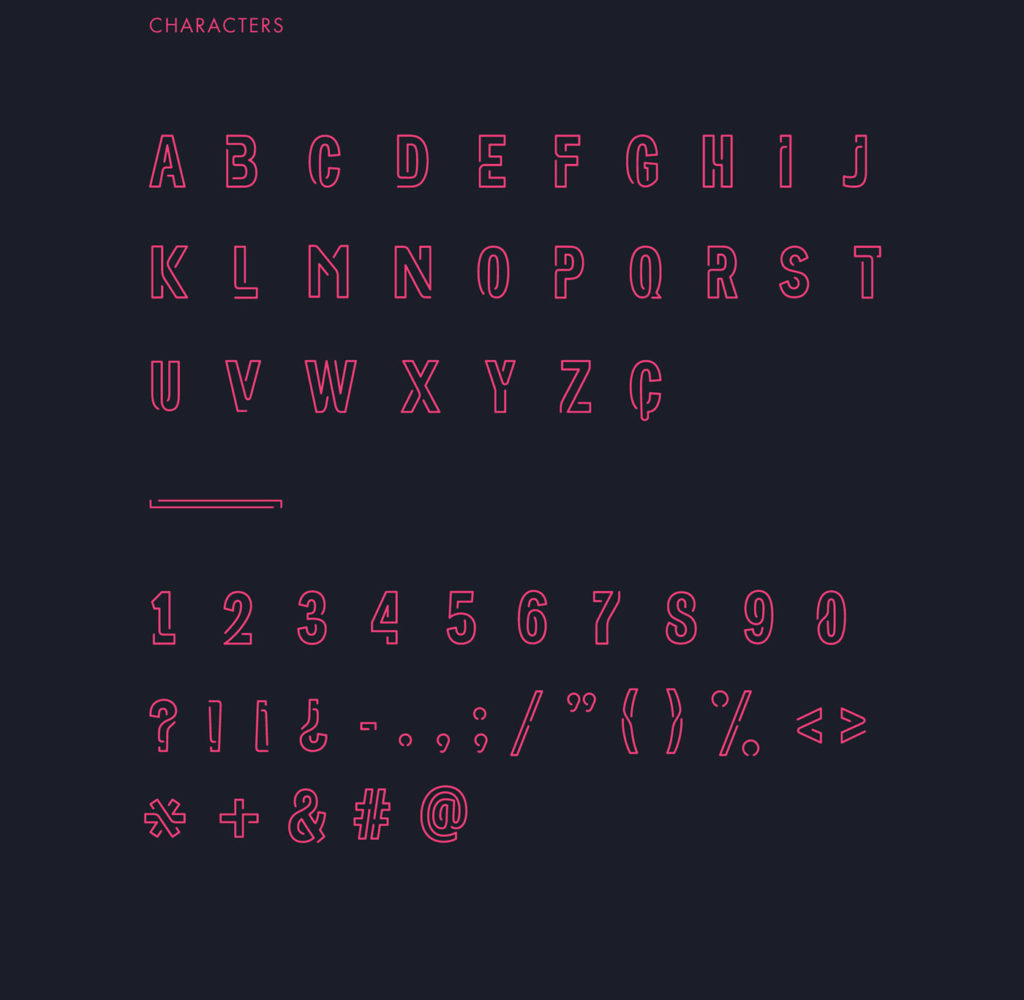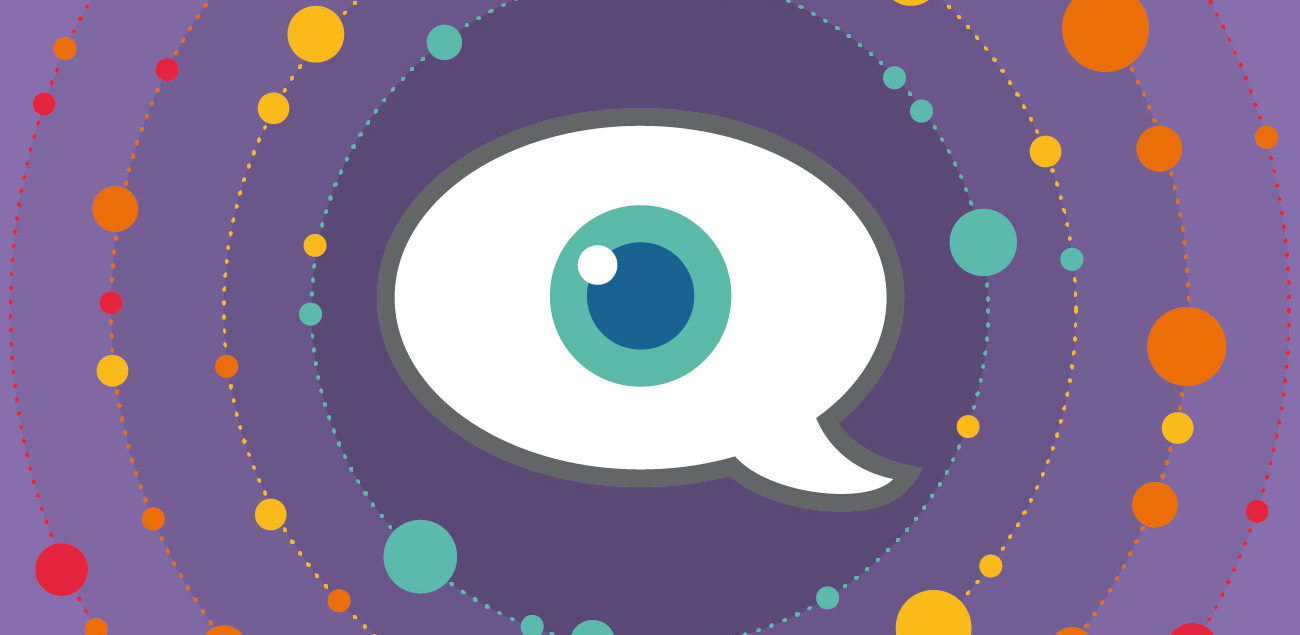Codes in Visual Language for Graphic Design
Last Updated on: 23rd March 2024, 12:29 am
Codes compose visual language to encrypt messages for transmission and interpretation by the receiver or target audience. Therefore, designers must understand the codes in visual language of graphic design in order to achieve effective visual communication.
As part of the visual communication process, visual language comprises the signs used to code the elements that have been seen. Consequently, designers must be able to efficiently employ the codes of visual language if they want to produce striking and creative designs that generate change. Understanding these codes is the basis for developing the visual literacy that every graphic designer must master.
Codes

What are Codes?
In semiotics, a code refers to a set of cultural conventions, contemporary sub-codes, and signs used to communicate meaning. While the most common code is one’s spoken language, the term can also encompass other narrative forms. For instance:
- Consider the color scheme of an image (e.g., red for danger).
- Think about the lines and shapes (e.g., crosswalk lines).
In the world of signs, Swiss linguist Ferdinand de Saussure argued that meaning isn’t inherent, but rather arises from how we interpret them together. He saw the link between the signal itself (signifier) and the idea it embodies (signified) as random. So, to understand signs, we need to be familiar with the shared codes and conventions that make communication work.
What are Visual Codes?
As well as visual communication, there are visual codes that are part of the visual language. Visual codes provide a framework within which visual signs make sense, allowing for effective communication between creators and interpreters. The goal is to limit the range of possible meanings likely to be generated when a message is interpreted.
Building on previous ideas, Roman Jakobson emphasizes that the production and interpretation of texts depend on the existence of codes or conventions for communication. Think of it like a decoder ring: senders (addressers) use these codes to create messages (encode), and receivers (addressees) use the same codes to understand them (decode). The most effective communication results when both parties employ the exact same code.
The messages conveyed through visual codes play a significant role in shaping our culture and how we communicate with each other. With the rise of globalization, various cultures are interacting and communicating more frequently. However, the diversity in representations between cultures that we should expect and celebrate is not always evident.
Unfortunately, standardization is becoming more prevalent despite cultural diversity, and designers play a role in this trend. To effectively communicate across cultures, it is essential to remain aware of how signs are interpreted and designed and to continually cultivate sensitivity towards them.
Culture

What is Culture?
According to Spencer-Oatey: “Culture is a fuzzy set of attitudes, beliefs, behavioural norms, and basic assumptions and values that are shared by a group of people, and that influence each member’s behaviour and his/her interpretations of the “meaning” of other people’s behaviour.” In this sense, to understand the codes, it is important to understand the culture of the receiver or audience to whom the message is addressed.
Social and Cultural Codes
Members of society interpret social and cultural codes in communication, which are rules, values, norms, and symbols with meanings. They are structured, implicit, and have social consequences.
Certainly, culture is not the only one that influences the behavior of the individuals who make it up. Other factors, such as personality and role models, also play a significant part in this. All these factors modify the codes in the visual language for graphic design.

Cultural Context
Learning these codes implies adopting the values incorporated into them, without normally being aware of their intervention in the construction of reality. However, the existence of such codes for design interpretation is most obvious when we examine designs produced within and for a different culture. For instance, advertisements are produced locally in a different country than the domestic market for which they have been designed.
Far from being considered an obstacle or impediment, codes of communication offer established rules that allow graphic designers to determine what actions to take and under what conditions.
Convention, Context, and Interpretation

Codes and Conventions
If a code represents a system of signs with shared meanings, such as colors, a convention is a shared practice or pattern of behavior that people follow to convey meaning; for example, red is used for warning signs, and people know what they must do or not do.
These conventions help us interpret signs and symbols in everyday life. It is agreed upon within a particular community or society. Conventions provide a framework for understanding what certain signs represent. For example, when you see a red traffic light, the convention is that it signifies “stop.” This understanding is based on shared cultural norms.
Ferdinand de Saussure said the signs are not significant in isolation. Meaning comes from interpreting signs with each other. For example, every word you are reading right now is a sign with a meaning (signified). In fact, each word is a sign (symbol) composed of individual signs (symbols) in the letters they include.

On their own, letters are not particularly meaningful, but when combined, they form words that take on meaning. The meaning of words changes according to the way they are combined and the order in which they are given. The English language serves as the context for reading this publication.
Similarly, in graphic design, concepts such as shapes, colors, points, lines, or textures do not have a meaning on their own. However, when designers combine them, it is possible to create meaningful design projects; such as logos, brochures, billboards, illustrations, or web pages.
Codes and Context
Codes help make sense of our world.
We learn to understand the world through the key codes and traditions present in the culture in which we live. These are systems of meaning or systems of beliefs that help us to simplify the signs we see in order to make communication easier. Therefore, these systems or maps allow us to limit the possible meaning of a sign and interpret it more quickly.

Besides, keep in mind that codes are dynamic, they can change over time, even within the same culture.

One day, photographer Eli Rezkallah from Lebanon was at Christmas dinner with his relatives and heard his uncles talking about how women should do their jobs better: clean and cook. This inspired him to reinvent the advertising of the 1940s, 1950s, and 1960s, where he changed places to men and women. “I know that not all men are like my relatives, but I was very surprised that such views still exist. That’s why I prepared this project so that they could taste their own sexist poison.” — he explained.
The interpretation of these ads requires “cultural competence” for the specific cultural context in which the ad was produced, even when the design is mostly visual.
Sign Interpretation
Because signs need context for interpretation and the interpreter needs a code to understand the meaning of a sign, not everyone who sees a sign will have the right context to interpret it as intended.


Design trends (any trend really) such as skeuomorphism and flat design are popular, though temporary, codes. The change from one trend to another could be seen as a redefinition of the popular code.
Besides, this context comes from codes that are systems of meanings or systems of beliefs that help us limit the possibilities of finding meaning more efficiently.
Some Insights
The codes are changeable and dynamic. They can have different values and meanings depending on the culture, geographical location, and the time of year in which the target audience is located.
Codes have structure and most of the time it is implicit and in agreement with the rest of the members that compose the same organization, community, society, or culture.
In conclusion, the most effective communication occurs when the designer and the receiver of a visual communication project have the same codes. Consequently, designers must understand their audience as best they can. In addition, they must know what codes their audience has because those codes will be the context in which their messages will be interpreted.
Designers are responsible for knowing the code with which their target audiences communicate visually. This requires previous research. Observation and documentation will be essential for this research process.
Any Thoughts?
In the comments section, tell me if you already knew about visual codes. As a designer, have you ever made a mistake by not knowing the cultural context of your audience or clients? What do you recommend for learning about the visual code in your culture?

Share
Spread the love… and this post!
If you liked it, share this post on your social networks. Smart designers share good things with others.

Bibliography
- Bernstein, B. (1970). Class, Codes, and Control, Vol. 1. Theoretical Studies towards a Sociology of Language (Primary Socialization, Language, and Education). Routledge & Kegan Paul.
- Chandler, D. (2017). Semiotics: The Basics. Routledge.
- Groupe µ (2011). Tratado del signo visual: Para una retórica de la imagen (Signo E Imagen / Sign and Image). Ediciones Cátedra.
- Hébert, L. (2019). An Introduction to Applied Semiotics. Routledge.
- Hébert, L. (2006). Sign Structures. The Sign according to Klinkenberg. Signo. http://www.signosemio.com/klinkenberg/sign-structures.asp.
- Leborg, C. (2006). Visual Grammar: A Design Handbook (Visual Design Book for Designers, Book on Visual Communication). Princeton Architectural Press.
- Poulin, R. (2018). The Language of Graphic Design Revised and Updated: An illustrated handbook for understanding fundamental design principles. Rockport Publishers.




4 Comments
Join the discussion and tell us your opinion.
Thank you for this post!
Are the elements and principles of graphic design seperate to codes and conventions of graphic design?
I consider that they are related. Take colors, for example. Color is one of the basic elements of graphic design. But color is also a visual code whose meaning can differ among viewers.
This is really great! Thank you for all the hard work you put into this post, it is so helpful.
You’re welcome. Thanks for your kind comment. Let me know if you are interested in another issue or topic related to visual communications. I could post about it.